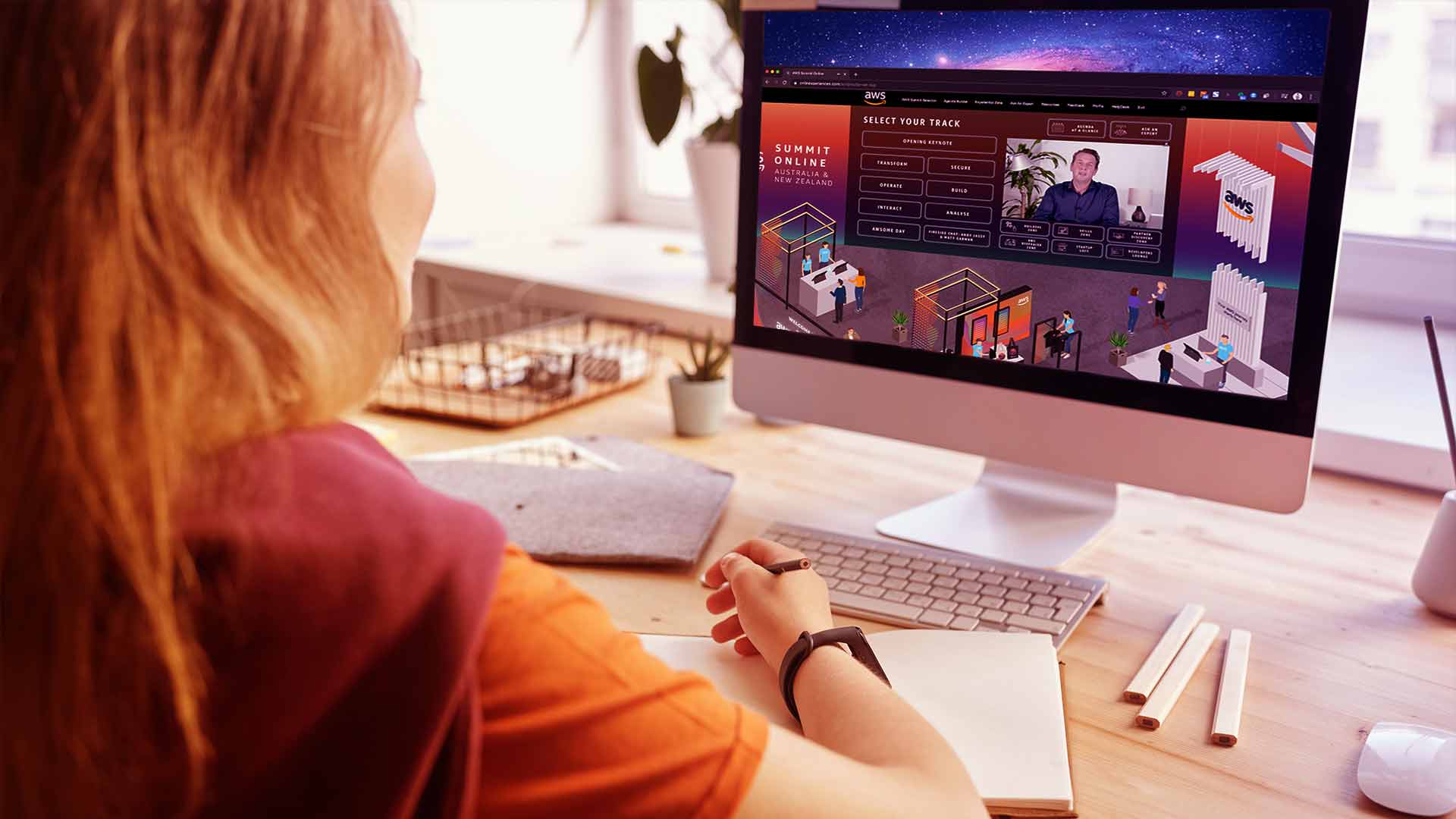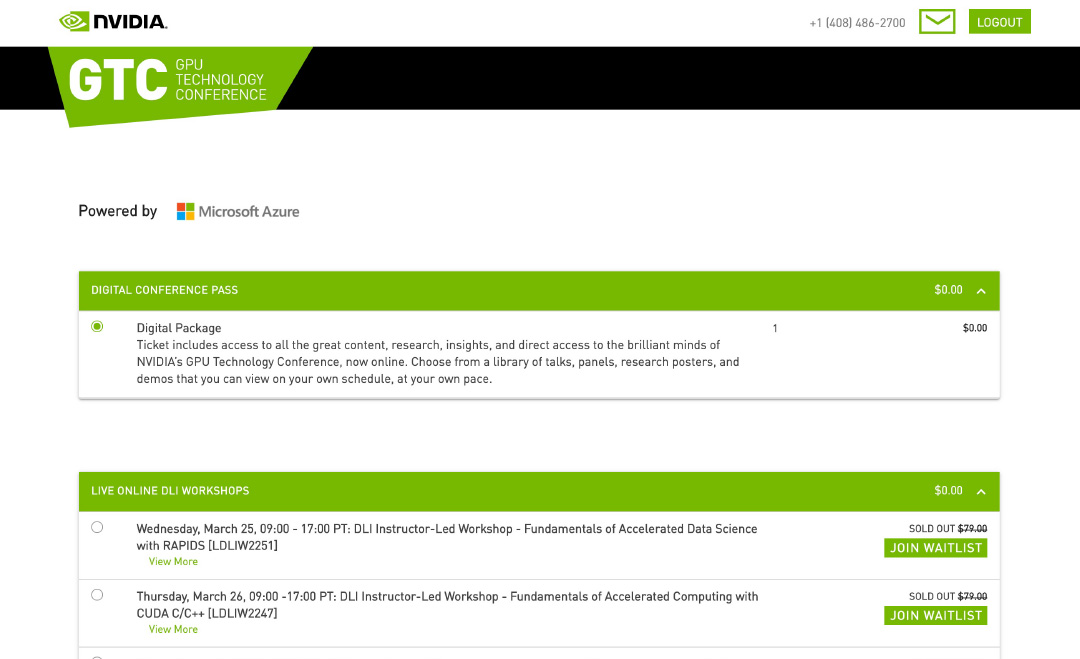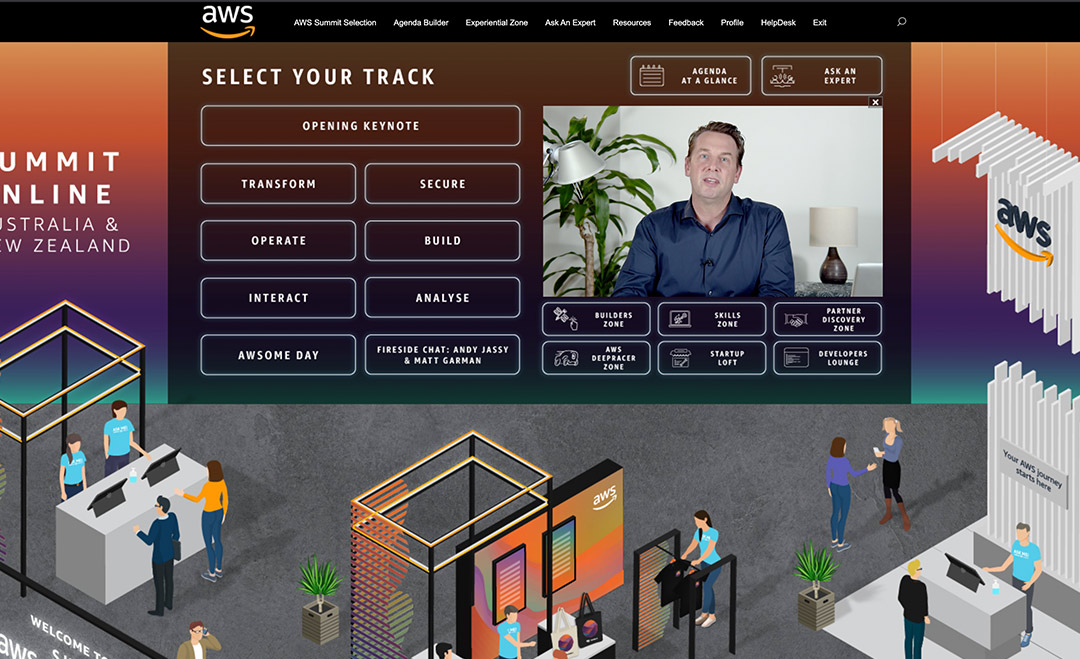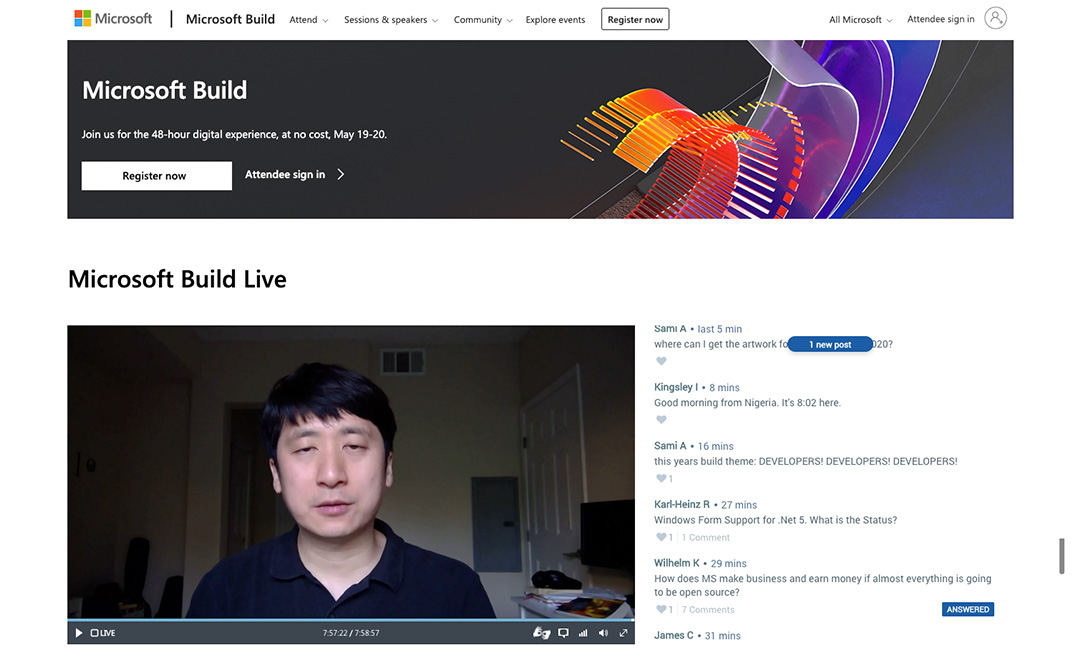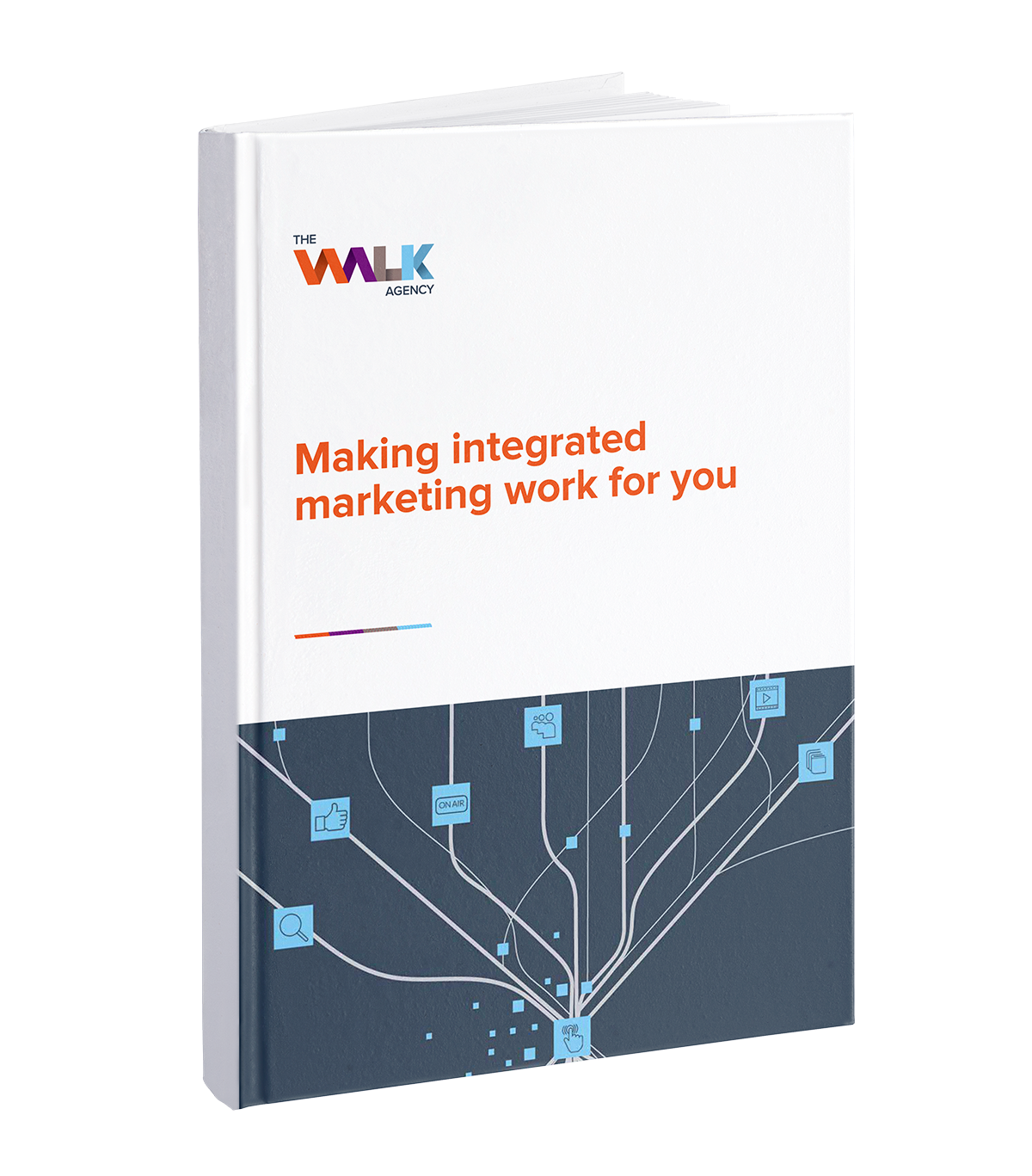Recent global events, such as the COVID pandemic, have sent shock waves through the event marketing industry. Traditional in-person events can no longer be relied on as a core activity in a marketing strategy due to obvious health concerns. With more people than ever working from home during quarantine, it has become clear that many workforces can actually function efficiently with a remote setup.
Rather than being paralysed by this major shift in human movement, we can actually find opportunities to plan and host super engaging and successful virtual events. Online content can be packaged in increasingly agile and shareable ways that last beyond the event itself. Robust data capture systems can also be carefully set up for these online events to pinpoint a higher number of quality leads to nurture.
Business KPIs do not have to rely solely on the traditional model of physical events, in fact, virtual conferences can end up being far more cost-efficient and have a wider reach.
It’s all about being willing to adapt quickly and utilise tools like the latest conference tech platforms to cut through the competition.
Here are some of our top tips to help you take your event fully virtual, so you can worry less about event cancellation options.
There’s no denying that in-person marketing events can generate a lot of real energy from being in different rooms face-to-face with lots of people and feeling the buzz of curious minds connecting.
These kind of gatherings are also fruitful because they give companies direct access to a concentrated group of valuable customers, as they all have a particular shared interest and they’re already primed to buy, or may already have bought, from these companies. It’s a great way for a company to share product releases, new innovations, or great deals.
The tactile excitement of exploring stalls and interacting with brand products can really help create lasting memories in attendees’ minds.
So how do we re-create this feeling of excitement and connection for an exclusively digital event? How can we maximise attendee engagement in a world of distractions if they’re dialling in remotely at home or in the office?
Welcome to the brave new world of virtual event marketing, where attendees have the power to plan their own tailored agendas and choose on-demand sessions that interest them the most, plus easily connect with others online. The latest interactive online conference platforms allow attendees to engage on a more personal level with the brand content, as it gives them the autonomy to take control of their own learning and networking experience.
- NIVIDA GTC 2020 conference packages available
There are also fun opportunities to innovate the way attendees can virtually network with ‘chat roulette’-style features or Tinder-style matching of attendees to create fresh connections and even more chances to cross-pollinate ideas.
High quality content is at the core of a successful virtual experience – online resources should educate and inspire viewers so that they’re genuinely excited to engage with these stories. In fact, once this content is created it has value beyond the virtual event itself as it can be easily shared and re-posted for months to come.
- Example of online conference interface for AWS Summit Online
Online events also generally cost less to organise as there is no need for catering, travel, accommodation, venue hire, merchandise, and other physical logistics. Why not funnel any extra budget into producing powerful, engaging content that will draw attention and raise brand awareness.
These types of virtual events can actually attract more popular, sought after keynote speakers as they can more easily fit a virtual presentation into their schedule without the hassle of travel. This ramps up the hype around the event and, of course, attracts larger audiences around the world as they also no longer need to worry about spending money on travel or carving out a big chunk of time from work or their personal lives.
- Example of online conference interface for Microsoft Build Live 2020
Just like in-person events, the best virtual events also need to be promoted well to build that hype and drive successful attendance. There should be clear messaging and information around the upcoming event to ensure attendees get the most out of the resources on the conference platform and have a smooth, positive experience overall.
Pre-event marketing is vital to a successful event and there are many ways to raise event registrations in the lead-up period. They can be PR pieces, email nurture series, digital ads, content syndication, video hype reels, and eye-catching landing pages.
Check out this super cool landing page for Apple’s upcoming WWDC event that encourages attendees to download the app in preparation for the actual event.

With robust online registration systems and relevant feedback forms (such as NPS surveys) you can capture much more meaningful data in order to measure the success of each event and continually improve ROI. With the right tech stack on your virtual platform you can even track who went to which session and send them on a tailored nurture series about that specific topic.
In fact, running an online event allows for careful targeting of niche audiences who are already interested in a particular product or service. So, it’s certainly an exciting opportunity for businesses to re-engage with their audiences.
Some examples of recent successful events that went virtual this year:

NVIDIA’s GPU Technology Conference
They were quick to react to the world pandemic and shift their conference to be fully online. There is a great FAQ section to clarify any confusion. They’ve also built an app for networking pre-event and it allows you to add sessions to your ‘interest list’ and tailor your own schedule at your own pace.

Microsoft Build Live – biggest event of the year is also entirely online
This all digital virtual event conference is a guiding light for other organisations looking to do it right. It was 48 hours of great content that was clearly produced with a lot of care. Speakers were also well-rehearsed and prepared. Be sure to watch their post-event video showcasing their favourite moments.

Think Digital Event Experience
Originally set for San Francisco in 2020, the event has now gone completely virtual. Again, there is a fantastic FAQ section which answers questions like how to watch missed sessions or what’s going to happen to sponsorship payments. They also include subtitles for their sessions in multiple languages to cater for their global audience. You can still watch the sessions right now, on demand, if you wanted to.
Here are some upcoming virtual events we’ll be watching closely:

Apple’s WWDC20
Apple’s WWDC event is one of the biggest annual tech events and will also now be exclusively online. An app is now ready to download to prepare for the event in June. This will be completely free and no doubt watched by thousands of people across the world.

Cisco Live 2020
Quick to embrace the virtual event space, Cisco Live offers more than 10,000 hours of content and 7,000 sessions to stream on-demand or download to watch offline. A completely free event coming up June 2-3, attendees can now browse through the agenda and select sessions to attend for their own personal schedule.

Spark Festival
This is Australia’s largest event for startups, gone virtual. The event will be comprised of two parts, the popup livestreams and sideshows, which will see entrepreneurs and innovators showcase their solution and engage directly with audiences in a live chat. The event is currently accepting expressions of interests from entrepreneurs to participate in this conference. Got a cool idea? This is a great platform to kickstart its growth.
Still not sure how to host a virtual event? We can help you focus on building your event website, drive multi-channel pre-event promos, build your networking platform/app, drive attendance, create experiential marketing assets, create a webinar, pop-up activations, source a selection of cool merchandise, content syndication, nurture series, and produce hype reels for future event.
Don’t cancel, go virtual.
The Walk can support you with online activities every step of the way – pre, during and post event.
